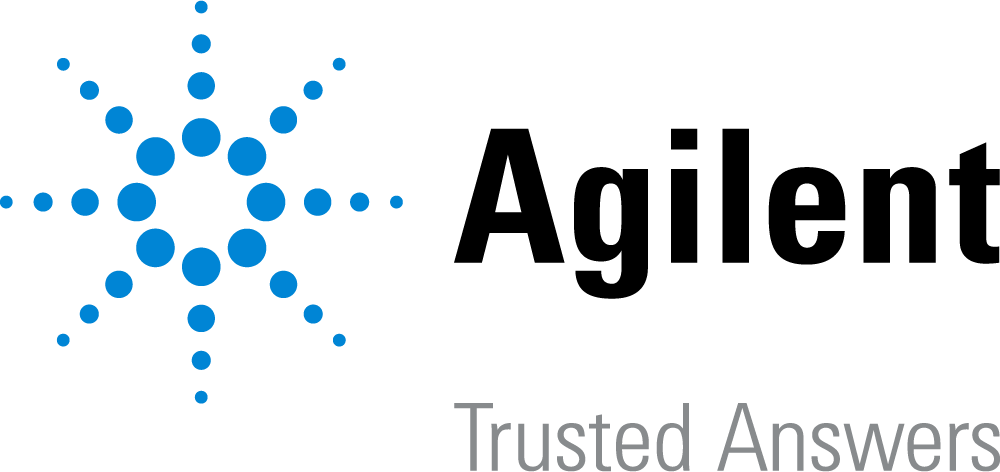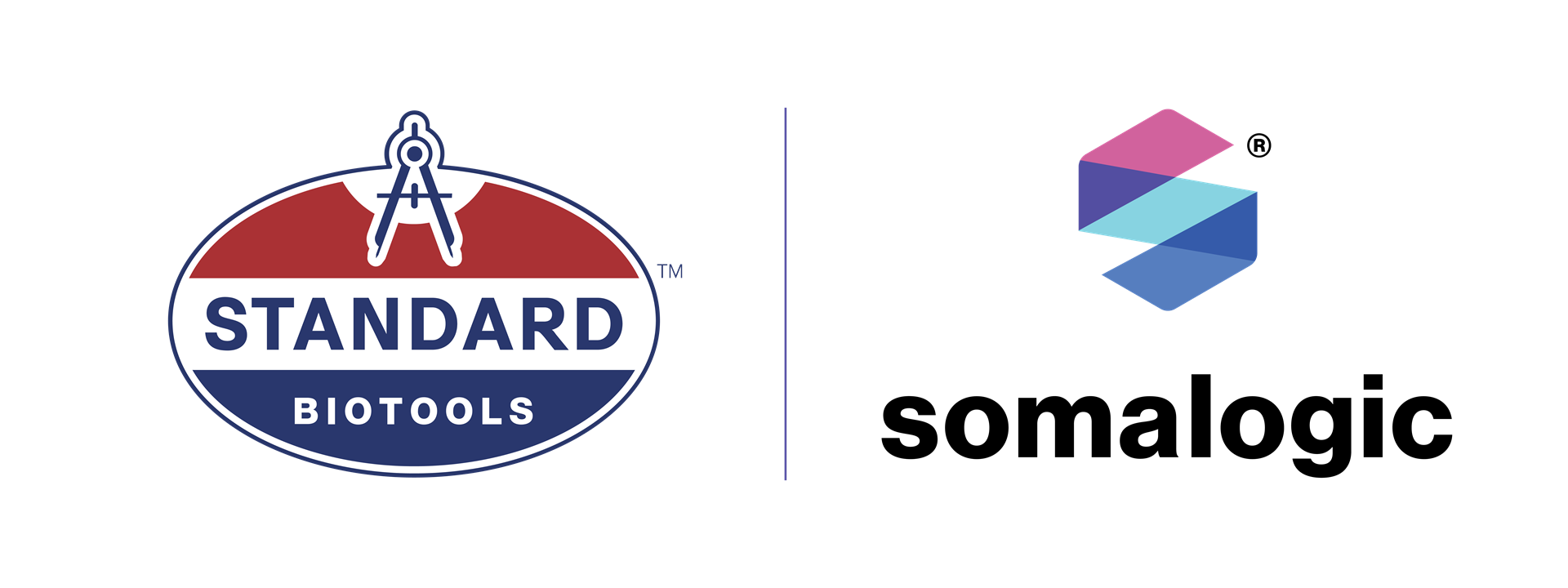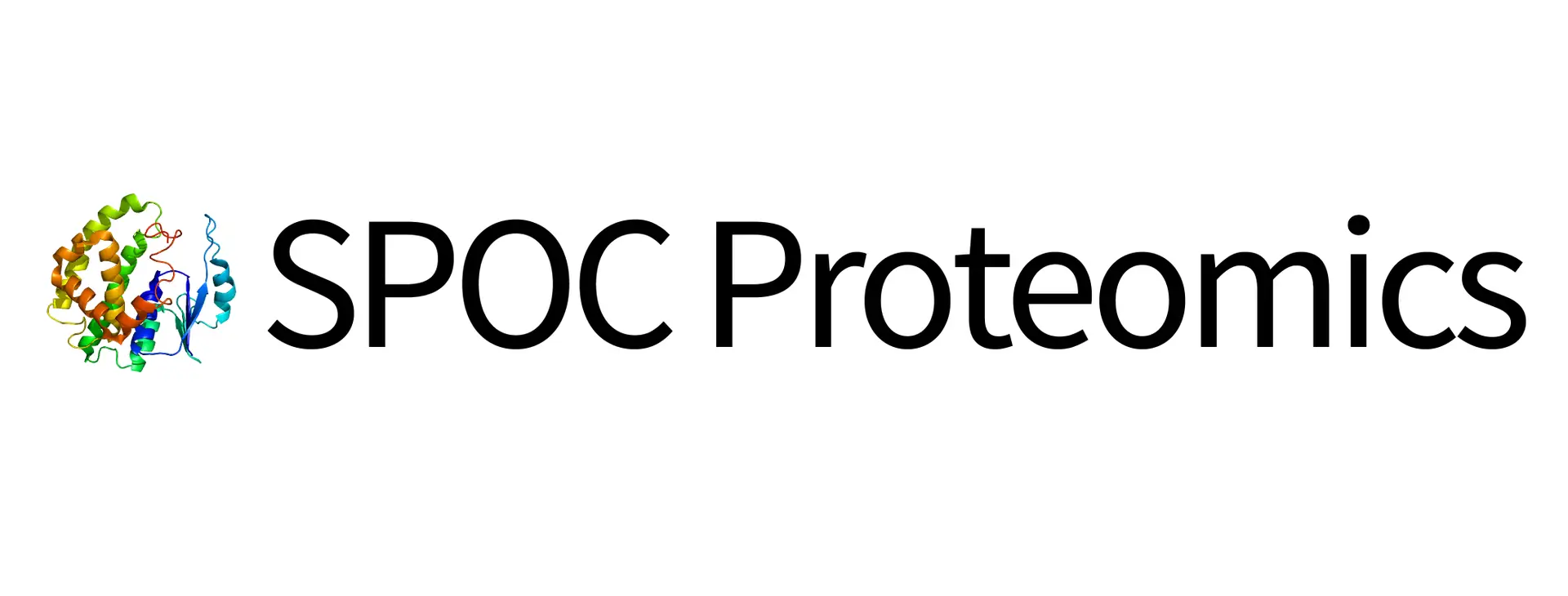
STOCKHOLM, Sweden – 16 October, 2015
The Human Protein Atlas today launched a new version of the database. The major new additions to version 14 are a new Mouse Brain Atlas and a new approach for antibody validation.
The Human Protein Atlas, a major multinational research project supported by the Knut and Alice Wallenberg Foundation, today launched a new version of the database. Since the release of version 13 at end of 2014, new data has been added and the atlas now holds data on more than 25 000 antibodies, covering over 17 000 of the human genes (approximately 86% of the human genome). Focus for this release has been to improve validation of the antibodies used to map the human proteome and the inclusion a new atlas; the Mouse Brain Atlas, created by the Fluorescence Tissue Profiling facility at Science for Life Laboratory (SciLifeLab) in Stockholm.
The current version of the human protein atlas holds a comprehensive map of protein expression patterns in normal human tissues down to the single cell level. To assure the correct interpretation of the data, the RNA-seq data from transcriptomics has been evaluated against the gene/protein characterization data retrieved from antibody-based methods; antibody reliability, sub-optimal experimental procedures, and potential cross-reactivity has been assessed. The result of the extensive evaluation is summarized in a data reliability description. Currently, almost 7500 genes have been updated with this knowledge-based annotation. In addition to this, co-localization of a fluorescent protein with the target protein has been introduced for antibody characterization, and complements the previously introduced gene silencing (siRNA) technique. In total, 104 genes have been analyzed using co-localization, 256 genes have been silenced and analyzed using immunocytochemistry, and 190 genes have been silenced and analyzed using western blot.
Many of the mouse proteins have extensive homology with the human counterpart and this forms the basis for using the mouse brain as a model for the corresponding human brain to explore the expression and distribution of proteins in the various regions and cells of the brain. The new Mouse Brain Atlas, introduced in this version, includes additional brain regions and has additional information on cellular and sub cellular distribution of proteins in the brain. Currently, 88 genes and 129 brain regions are covered in the Mouse Brain Atlas.
“We believe this antibody-based data set is a valuable complement to our own human protein atlas and other international efforts that map the building-blocks of the brain, such as the Allen Brain Atlas and the Gensat effort.” says Dr Jan Mulder, head of the Mouse Brain Atlas effort at SciLifeLab. The atlas is interactive, with the possibility of zooming in from a full brain section to single cells in a specific region of the brain.
About the Human Protein Atlas project
The Human Protein Atlas project, funded by the Knut and Alice Wallenberg Foundation, has been set up to allow for a systematic exploration of the human proteome using antibody-based proteomics. This is accomplished by combining high-throughput generation of affinity-purified antibodies with protein profiling in a multitude of tissues and cells assembled in tissue microarrays. Confocal microscopy analysis using human cell lines is performed for more detailed protein localization. The program hosts the Human Protein Atlas portal with expression profiles of human proteins in tissues and cells. The main sites are located at AlbaNova and SciLifeLab, KTH – Royal Institute of Technology, Stockholm, Sweden, and the Rudbeck Laboratory, Uppsala University, Uppsala, Sweden. For more information on the Human Protein Atlas, visit our website at www.proteinatlas.org.



.png)

















